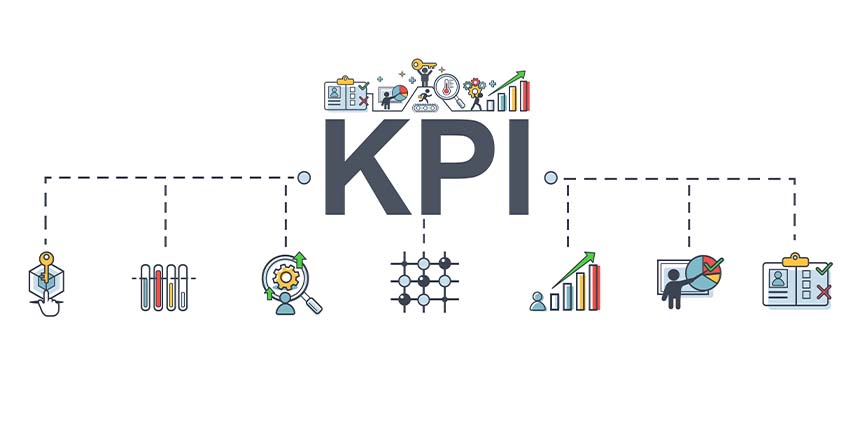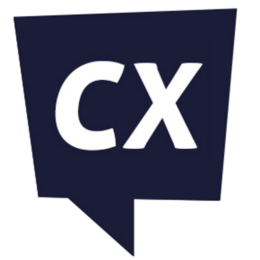Gartner defines a KPI as: “A high-level measure of output, traffic, or other usage simplified for gathering and review on a weekly, monthly or quarterly basis.”
Yet, in the context of customer support, perhaps the following definition is most appropriate:
Contact center KPIs are metrics that help leaders to measure how their performance impacts customer, agent, and business outcomes.
KPIs across each of these three stakeholder groups should inform contact center decision making. Examples for managers to keep a close eye on include:
| Customer | Agent | Business |
| Customer Satisfaction | Agent Satisfaction/NPS | Cost Per Contact |
| Complaint Volumes | Ramp-Up Time | Operating Expenses |
| Customer Effort | Attrition and Absence Rates | Customer Acquisition/Retention |
| First Contact Resolution | Hours Spent on Coaching | Schedule Efficiency |
Of course, some KPIs will highlight the impact on more than one stakeholder. Service level – as an example – will cover all three, as it:
- Influences customer experience through indicating wait times
- Influences agent experience through indicating workloads
- Influences business results through indicating planning efficiency
Nevertheless, contact centers can safeguard customer, agent, and business outcomes by considering each of these three perspectives when reporting on KPIs.
Yet, to further enhance the process, contact centers can break KPIs up further. Many operations do so by breaking KPIs down into the following brackets.
1. Quantifiable KPIs – The most common type, capturing insights in hard numbers – e.g., an agent resolves 35% of customer queries at the first call or 35% FCR.
2. Qualitative KPIs – Insights in the form of text labels – e.g., a customer rates their contact center experience as “somewhat satisfying”.
3. Lagging Indicators – Measuring business outcomes and not the driver – e.g., the total number of customers acquired by an agent in a month.
4. Leading Indicators – Measuring business drivers and not the outcome – e.g., the average number of training hours undertaken by an agent for a specific contact center location.
5. Process KPIs – Metrics reflecting the performance of everyday processes – e.g., the total number of active tickets at any given time or the customer call queue.
6. Business Resource Indicators – Metrics indicating how many resources are available to a contact center – e.g., staffing capacity or idle working capital.
7. Competitive KPIs – Metrics that benchmark performance against an ideal threshold – e.g., customer satisfaction for one location mapped against the entire organisational average.
8. Historical KPIs – Metrics recorded over a period, from one day to several years, mapping long-term trends – e.g., number of hourly calls per agent from Q1-Q4.
9. Real-Time KPIs – In the moment metrics that can be immediately actioned and improved – e.g., inbound call wait time 10% more than average.
The real value of KPIs emerges when companies correlate and benchmark them to deliver meaningful insights across the business.
Such insights are vital to enhance decision-making in the contact center and influence decisions elsewhere within the company. Therefore, bolstering reports with the help of business intelligence, speech analytics, and real-time reporting tools that provide automated, visual insight is an exciting initiative that is gaining ground within modern operations.
Uncover more insights into stringing together a cogent KPI strategy by reading our article: How to Choose the Right Contact Center KPIs







